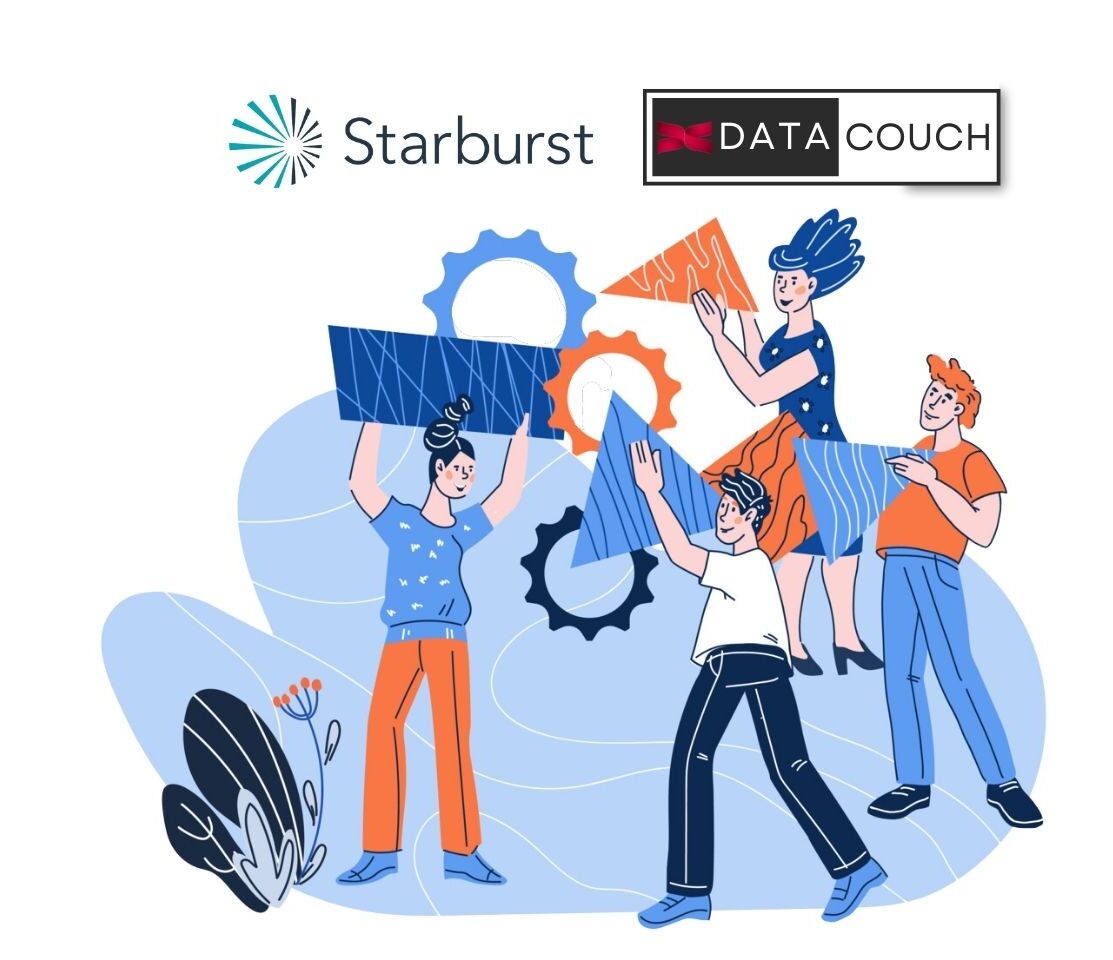Real time analytics can he performed with both KSQL and KStreaming on Kafka (an event streaming platform) but How do we decide which one is preferred when?
The below article helps you understand the core differences between these two libraries –
KSQL
KStreams
In KSQL you have a Declarative Programming Model i.e. you can write SQL queries
In KStreams you have two Programming Models – Functional (DSL which stands for Domain Specific Language) and Imperative (Processor API). Functional is higher level API and Imperative is lower level API
KSQL requires a separate cluster
There is no cluster requirement in KStreams
In KSQL, less data formats are supported. It support data formats like JSON, Avro,.. etc. Example: In a message we have two formats – Key and Value. Key is always a string and there can be three value formats (also data formats) – JSON, Delimited and Avro
KStreams support all data formats. There is no limitation with regards to data formats
Apart from that, when you want Interactive Querying, UI and REST API then you may go for KSQL
If you want to integrate Microservices based apps then you can do it with KSreams
So, If you don’t have any programming knowledge and you want to start, then you can prefer KSQL. Later on, if you need more control over the things then you can switch to KStreams.
Hope this gives you a better understanding of when to choose KSQL and when to choose KStreams. If you liked this article then do share with others.
We are official partner of Confluent, if you are interested in instructor led Confluent training then you may check our site – https://datacouch.io/professional-courses/confluent
For more details email us – [email protected]





